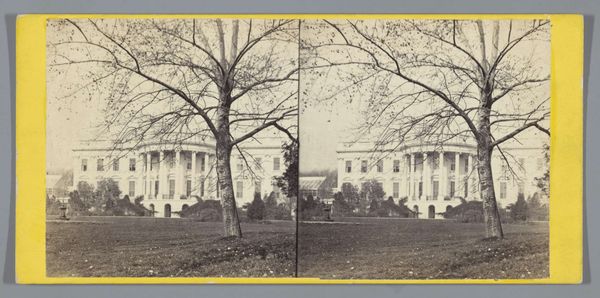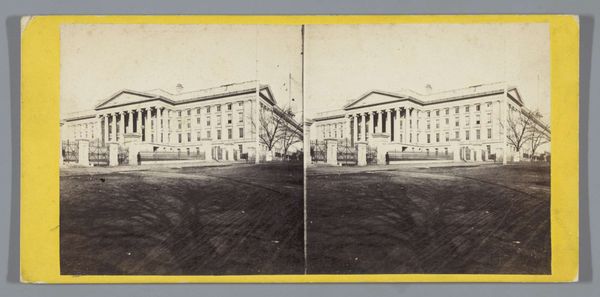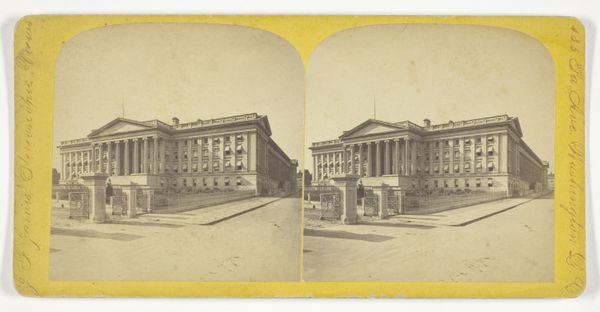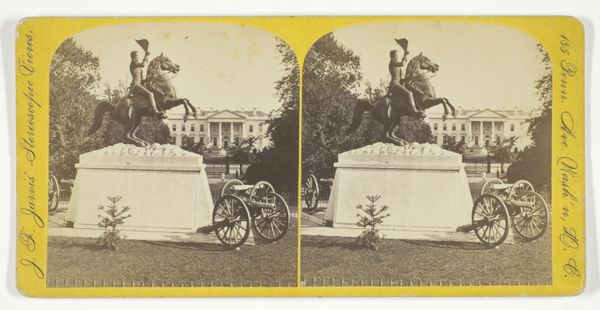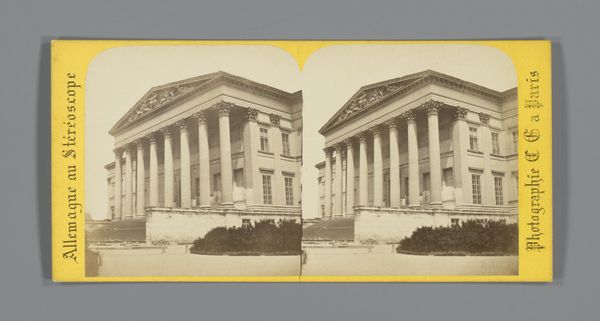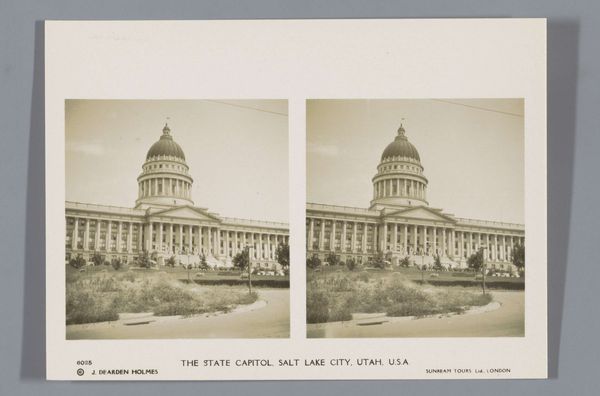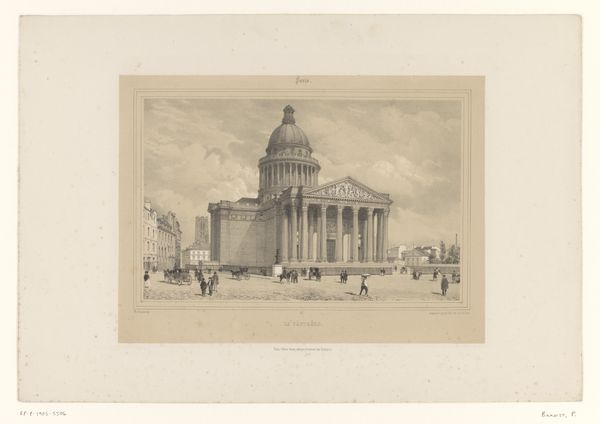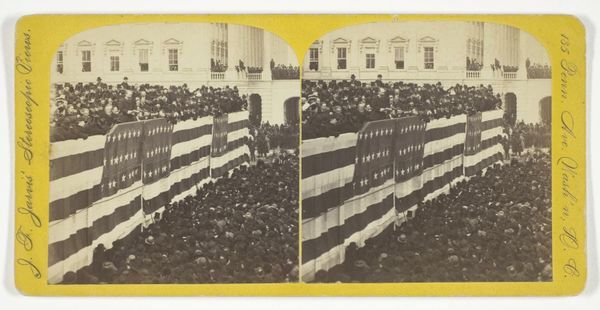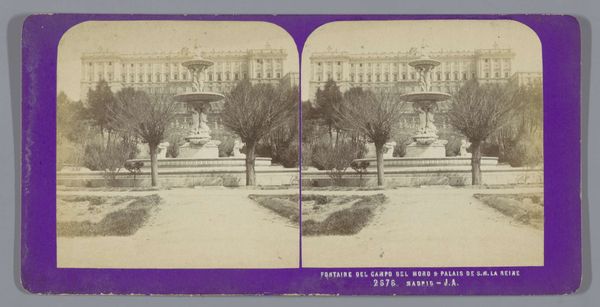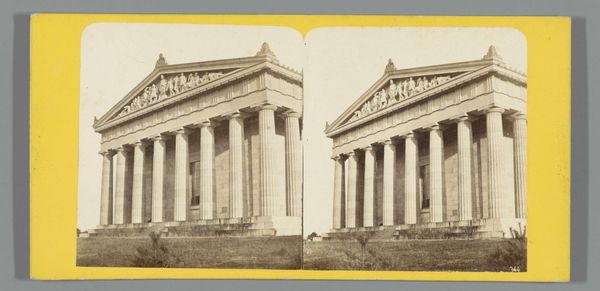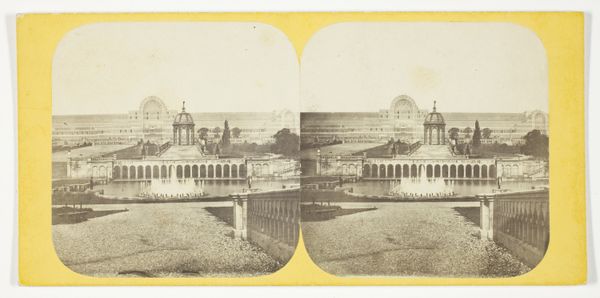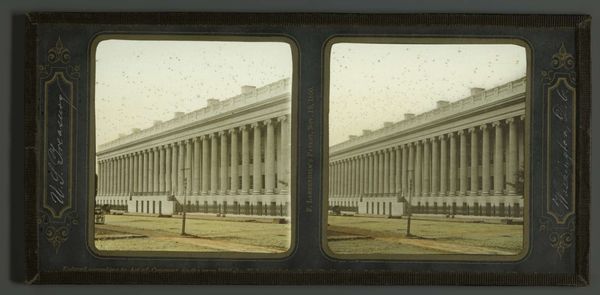
Untitled (United States Capital Building) c. late 19th century
0:00
0:00
print, daguerreotype, photography, albumen-print
#
neoclacissism
# print
#
daguerreotype
#
photography
#
cityscape
#
albumen-print
Dimensions: 8 × 7.6 cm (each image); 8.6 × 17.6 cm (card)
Copyright: Public Domain
Editor: So, here we have an albumen print, a stereograph titled "Untitled (United States Capital Building)" from around the late 19th century, by J.F. Jarvis. The symmetry is striking, almost sterile. What strikes you about it? Curator: Immediately, the neoclassical architecture speaks of power, doesn't it? It's a visual embodiment of the values the US aspired to project: order, reason, stability. But look closer. This photograph was taken decades after the Civil War. Editor: What does that signify? Curator: Reconstruction was a deeply contested period, a struggle for the soul of the nation. This image, so seemingly straightforward, is a deliberate act of nation-building through visual rhetoric. Who was this image meant to serve and who was written out of this narrative? The absence of people also feels quite telling here. What stories remain untold? Editor: That’s fascinating! I hadn’t considered the timing in relation to Reconstruction. I was so focused on the formal elements. Curator: The clean, idealized image, feels almost aspirational; the actual lived experiences of many Americans at this time - particularly newly freed African Americans – probably differed drastically. Perhaps this photograph is then not a simple depiction of a building, but an argument for a specific vision of America. A very limited and exclusionary vision. Editor: So, the photograph becomes a document not just of architecture, but of ideology. Curator: Exactly. Images have agendas. And this image of order hides more turbulent realities. Recognizing the voices absent from these images can reshape how we view them. Editor: I will remember that. Thank you! Curator: It's important to view these iconic representations with criticality to uncover the dominant discourse of their time. I also learned new things by reconsidering its context and photographic history.
Comments
No comments
Be the first to comment and join the conversation on the ultimate creative platform.
